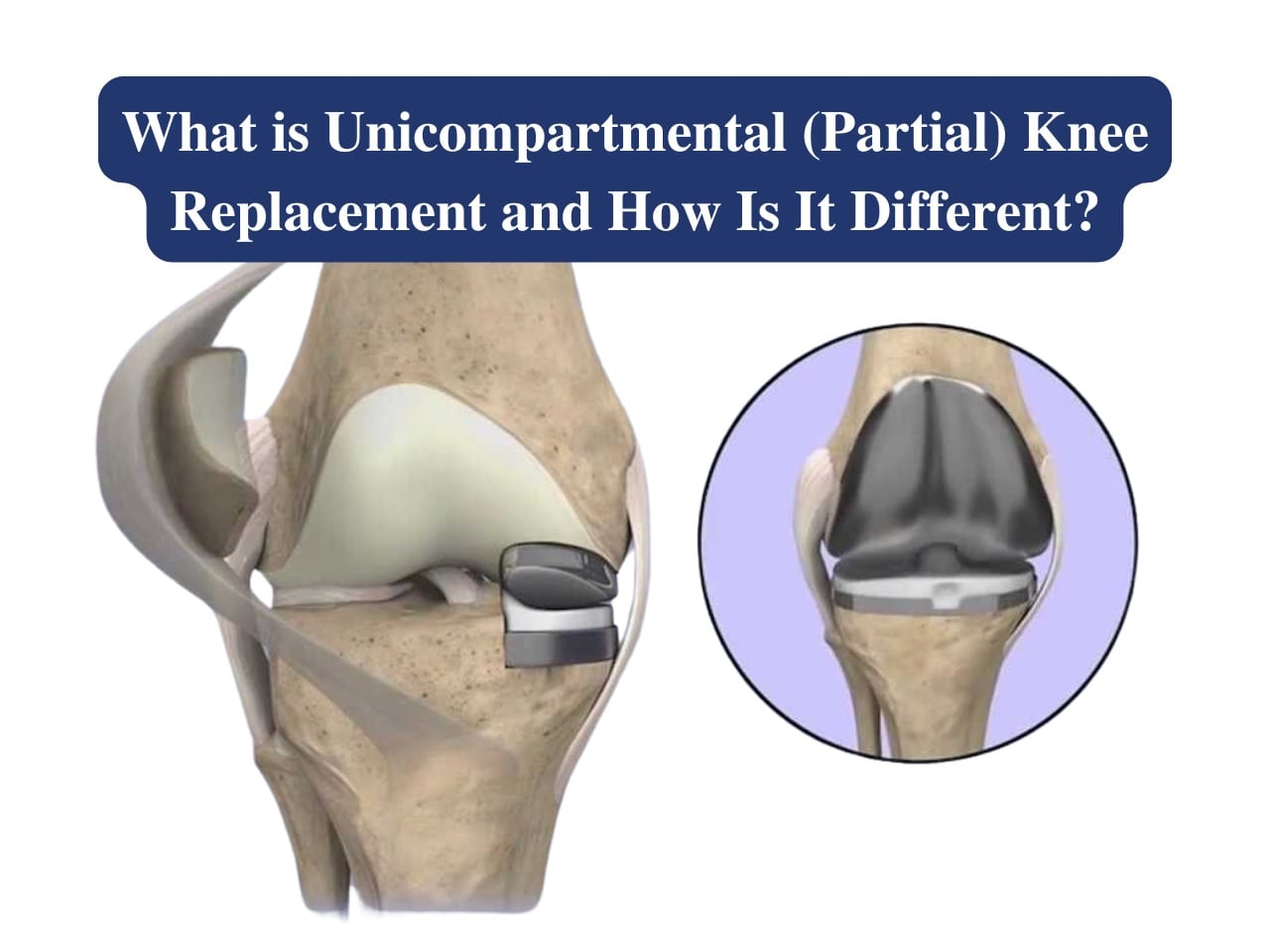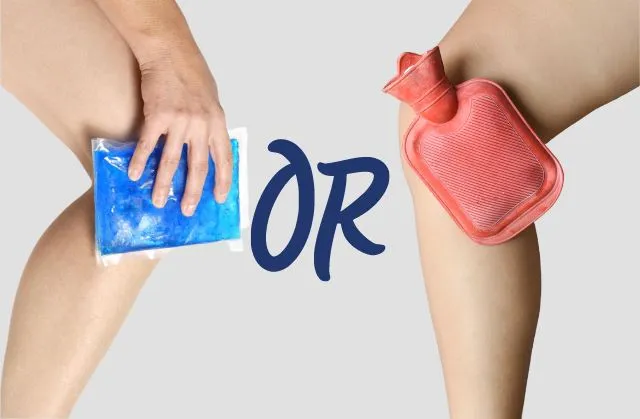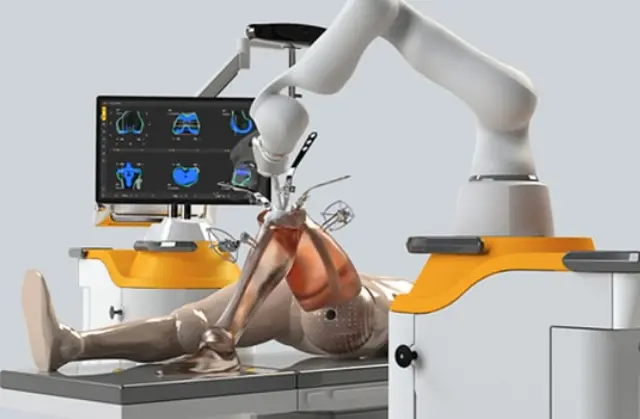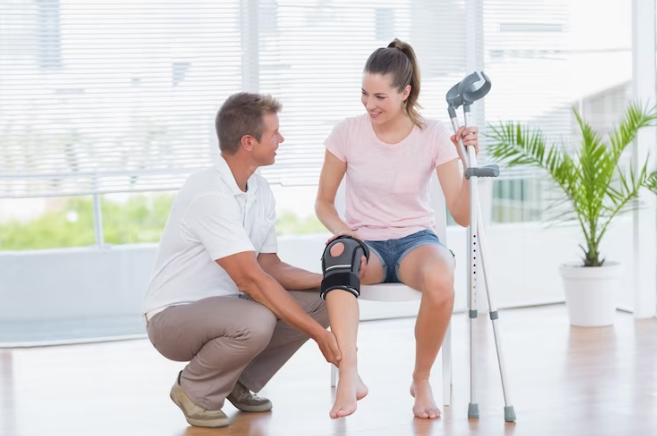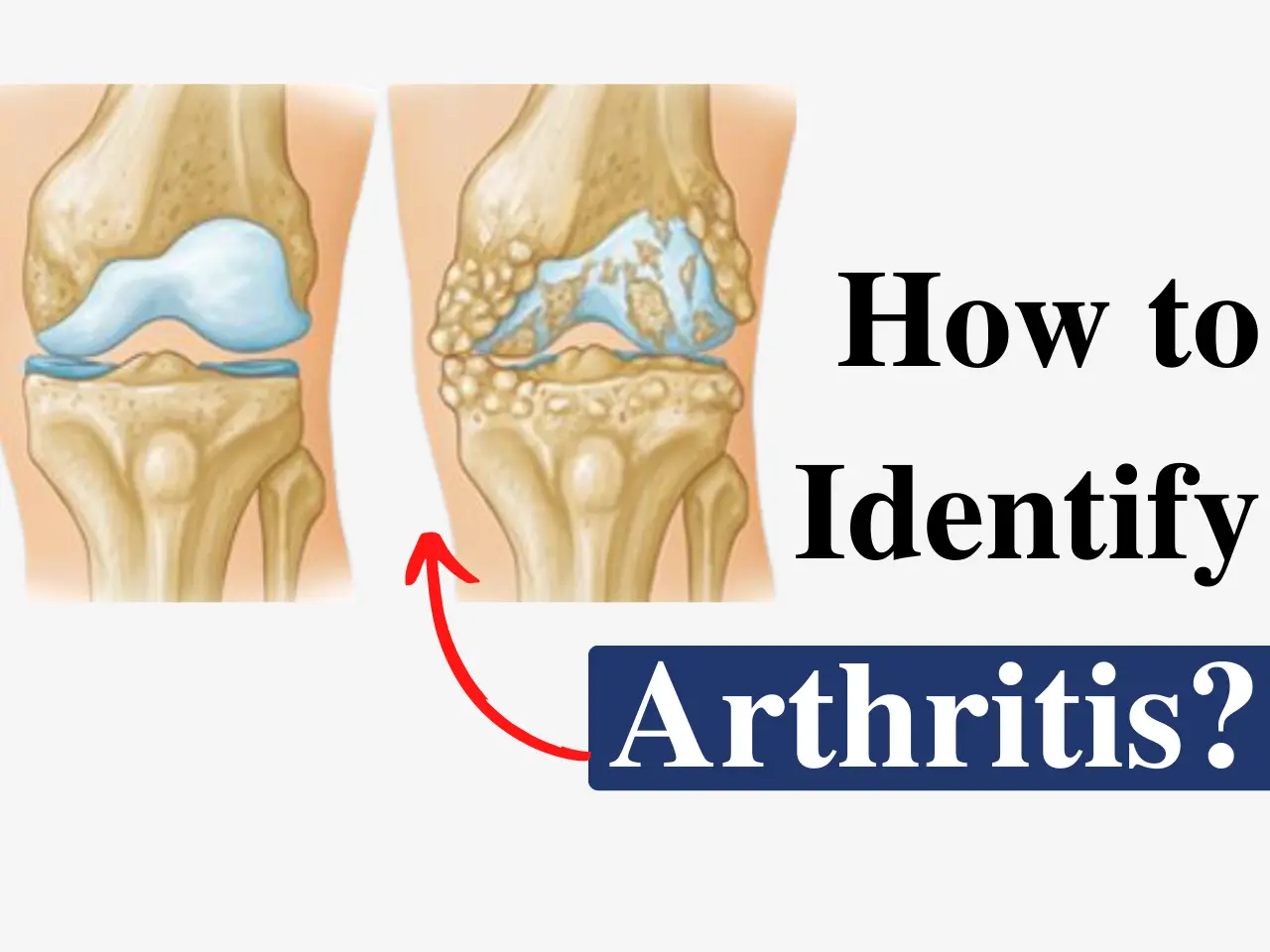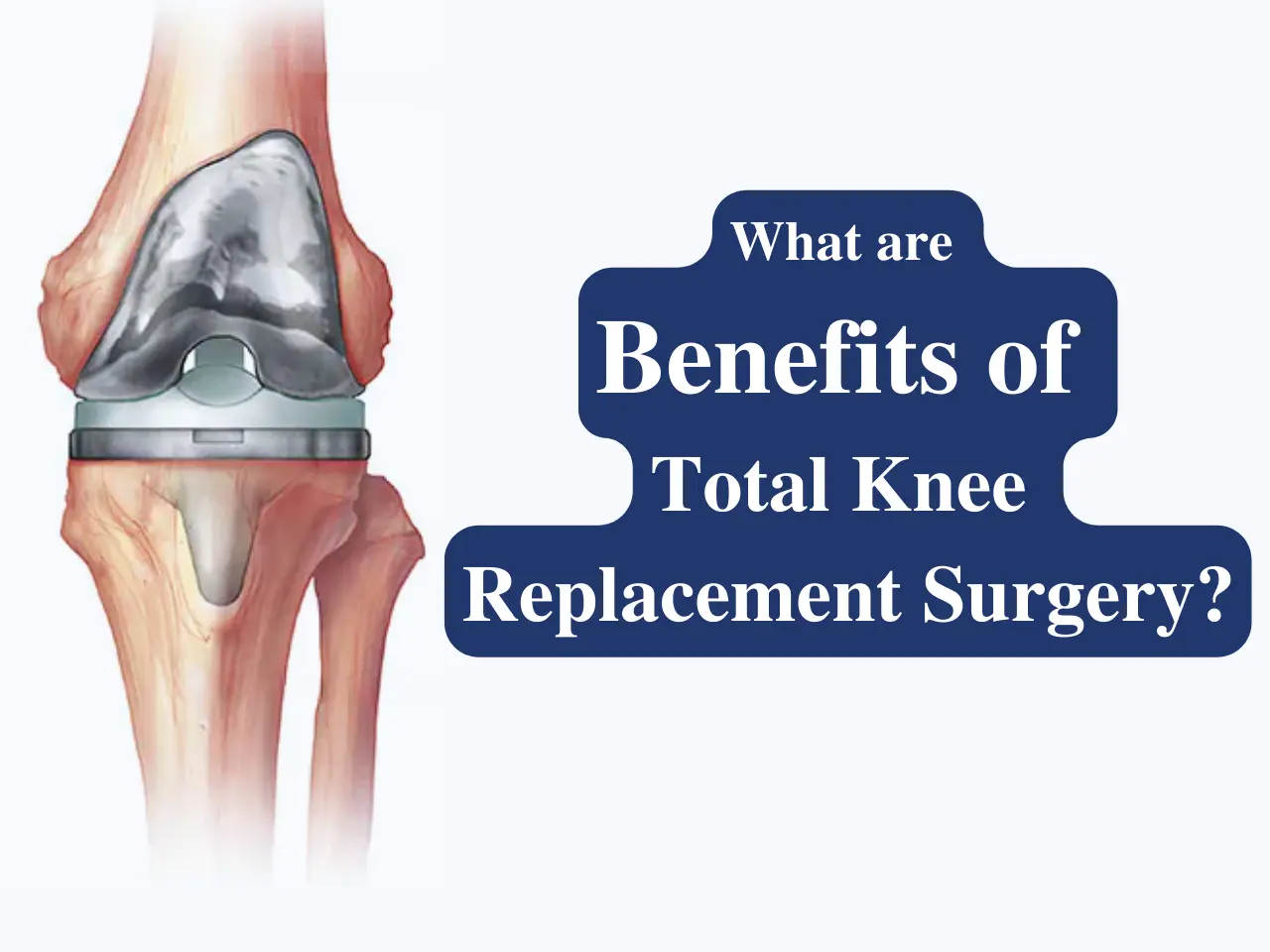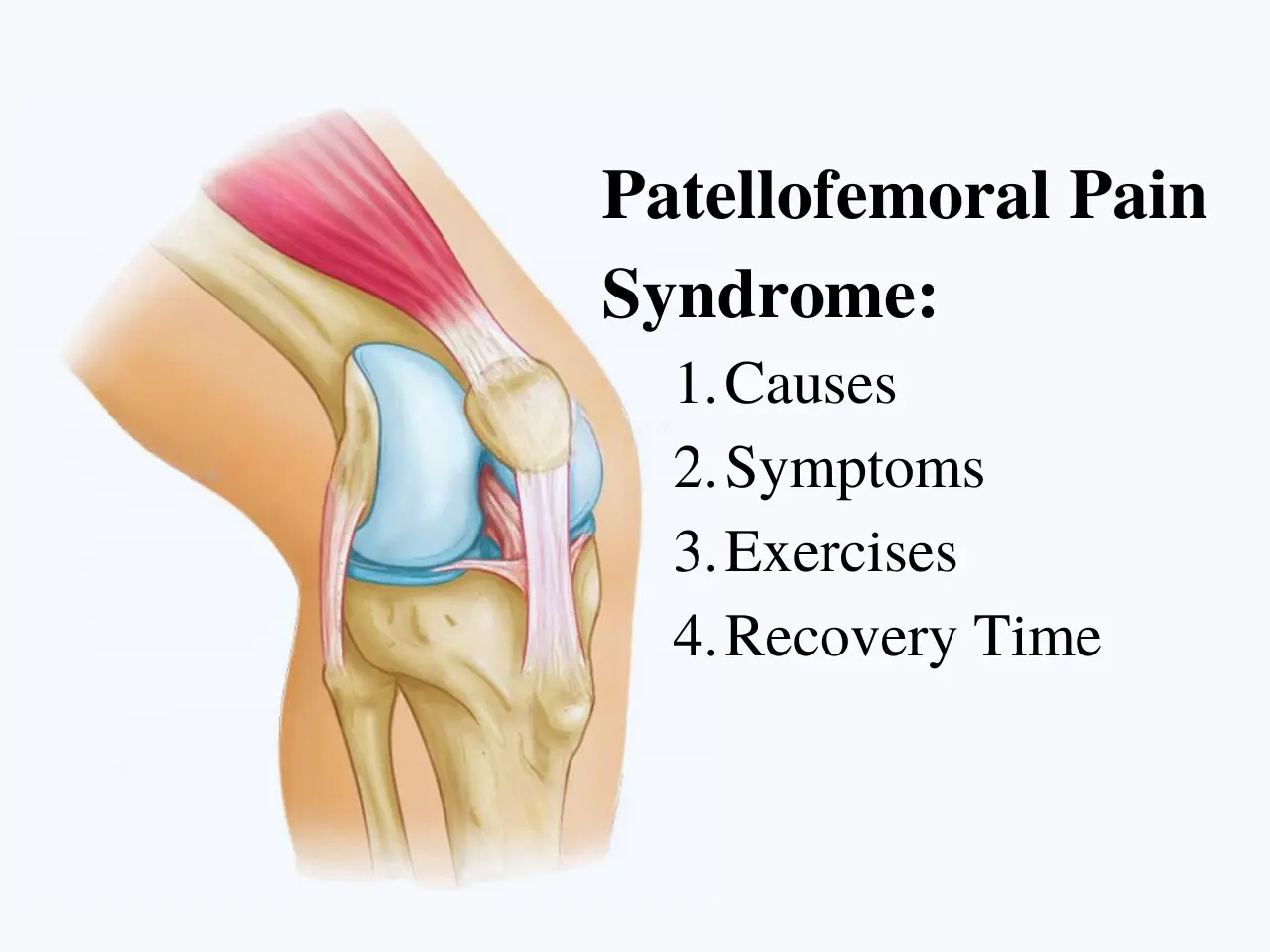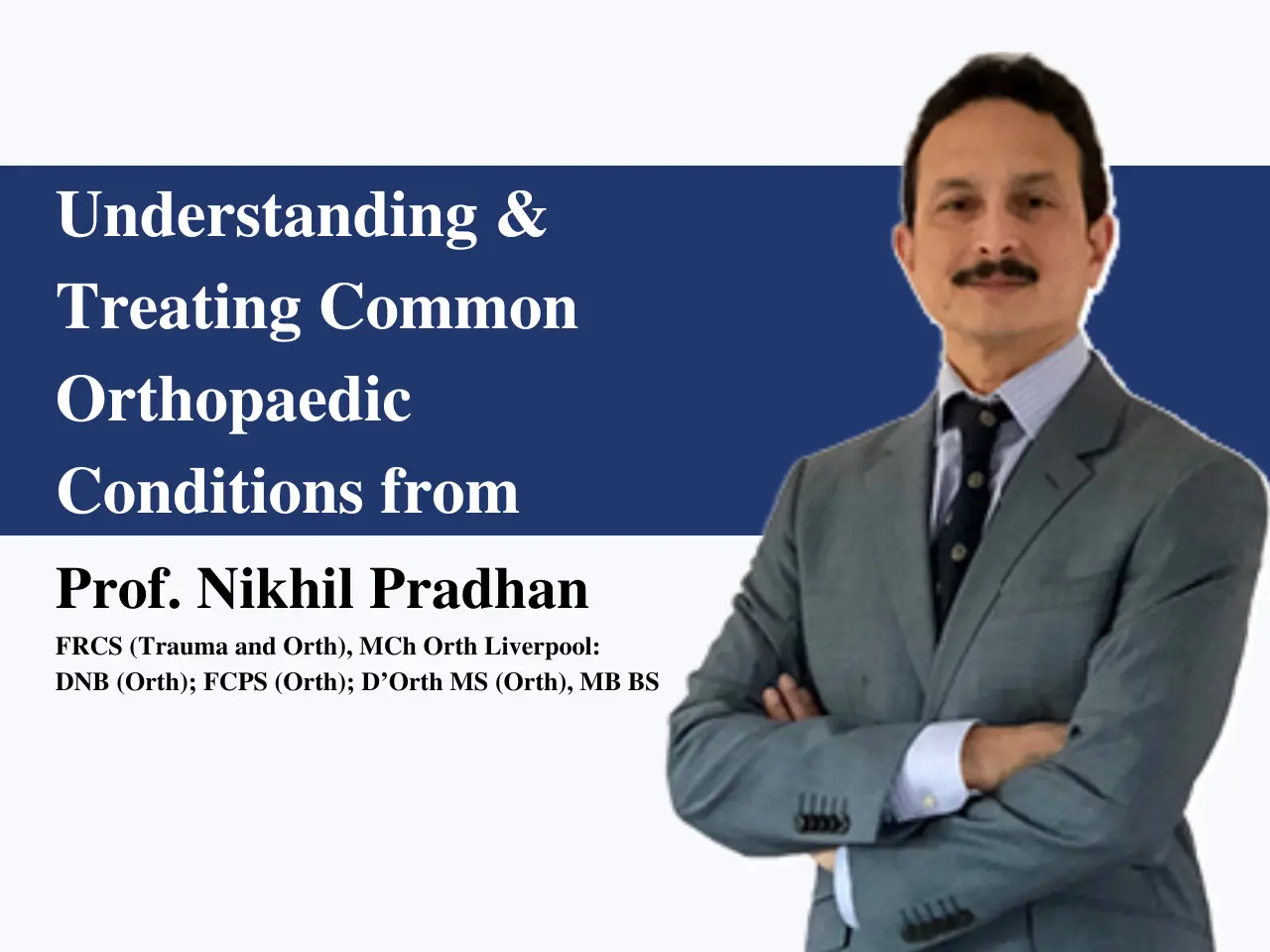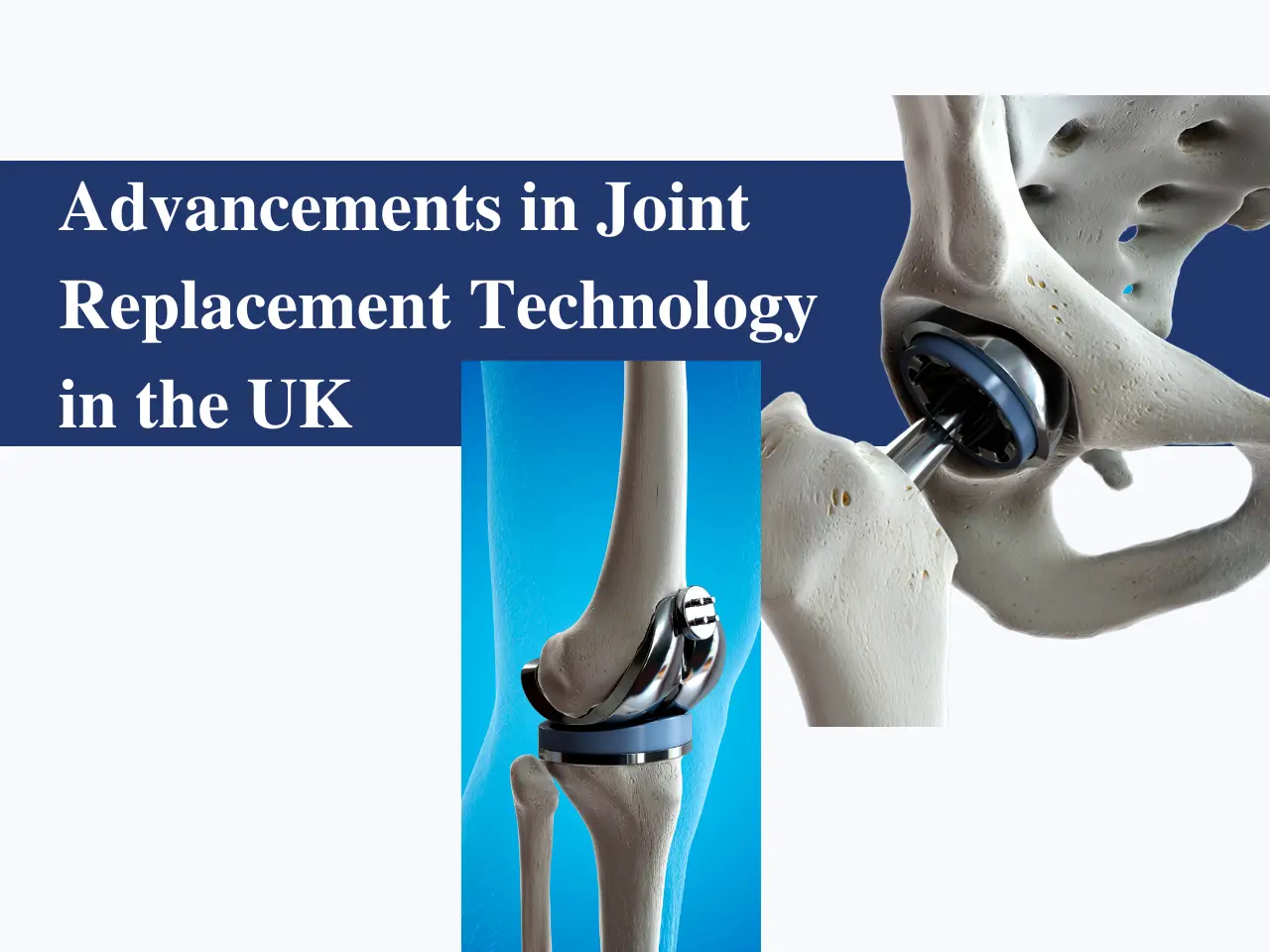What is Unicompartmental (Partial) Knee Replacement and How Is It Different?
Knee replacement surgery is a common solution for those suffering from severe knee pain due to arthritis or injury. While many people are familiar with total knee replacement, Unicompartmental (Partial) Knee Replacement is an alternative that offers several advantages, especially for patients with damage limited to one part of the knee.
In this article, we’ll explore what Unicompartmental Knee Replacement is, how it differs from total knee replacement, and why it may be a good option for certain patients.
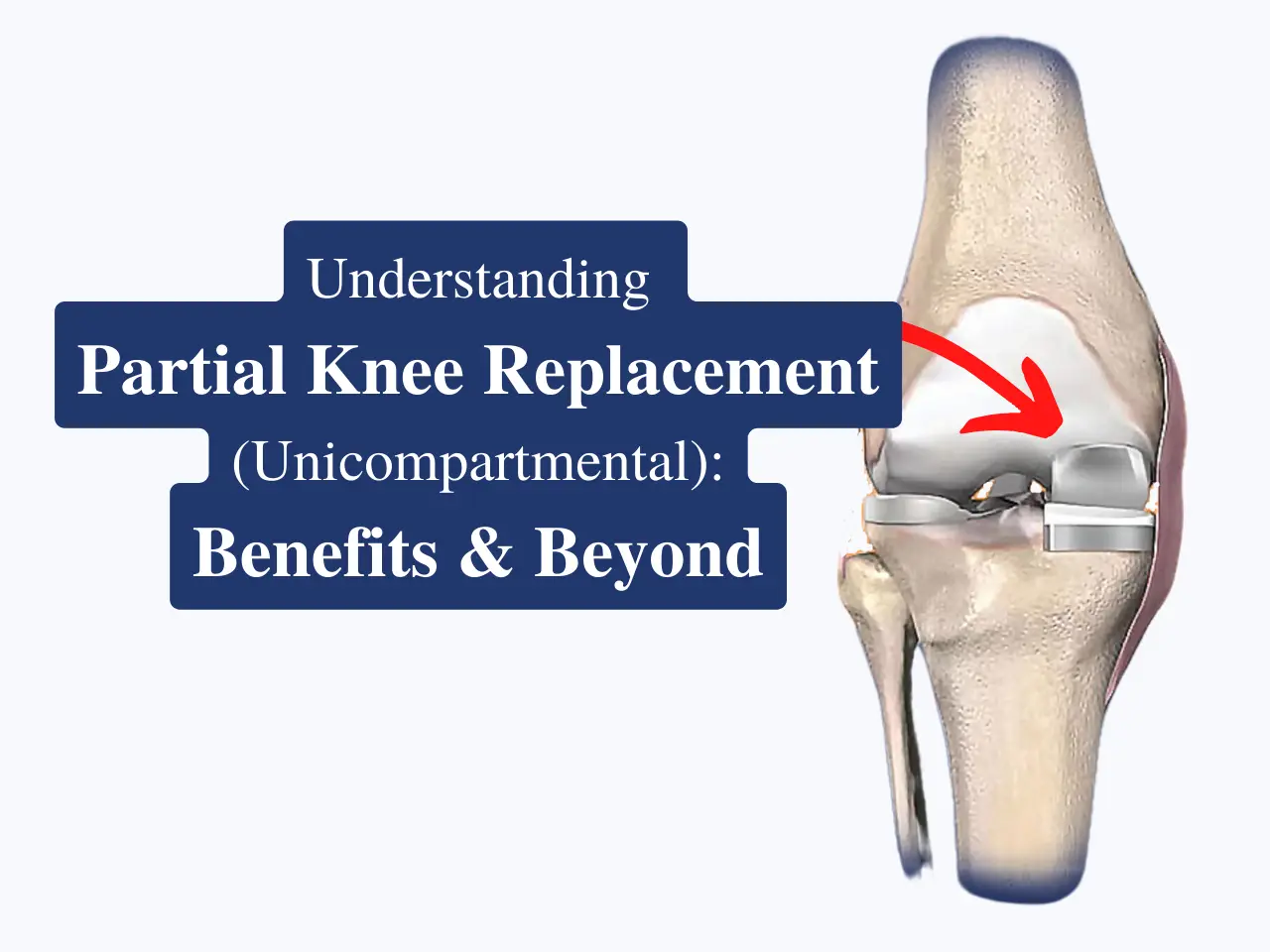
What is Partial Knee Replacement?
Partial Knee Replacement refers to a procedure where only the damaged part of the knee joint is replaced, as opposed to the entire knee joint in total knee replacement. The knee is divided into three compartments: medial (inside), lateral (outside), and patellofemoral (front, where the kneecap rests).
In a partial knee replacement, only the damaged compartment is replaced, while the healthy areas remain intact.
Who Needs a Partial Knee Replacement?
This type of knee replacement is ideal for patients with arthritis confined to just one compartment of the knee. Typically, these individuals are still active and have relatively good range of motion in their knees.
Mr. Nikhil Pradhan, one of the best knee replacement surgeons in cheshire, notes that patients with minimal damage and good alignment in their knees are ideal candidates for this surgery.
Types of Partial Knee Replacement
There are three main types of partial knee replacement procedures based on which compartment is being replaced:
Medial Compartment Replacement:
This is the most common form of partial knee replacement, where the damaged cartilage in the inner (medial) part of the knee is replaced with an implant.
Lateral Compartment Replacement:
This is less common and involves replacing the outer (lateral) part of the knee.
Patellofemoral Compartment Replacement:
In this procedure, the damage between the kneecap and the thigh bone is addressed.
Each type of partial knee replacement is performed based on the location and extent of damage to the knee, with the goal of preserving as much natural knee structure as possible.
How Common is Partial Knee Replacement Surgery?
Partial knee replacement surgery is becoming more popular, especially among younger and more active patients. According to recent studies, it now accounts for about 10-15% of all knee replacement procedures.
This increase is largely due to advancements in surgical techniques and the growing recognition of the benefits associated with preserving more of the knee’s natural tissue.
Why Partial Knee Replacement is Preferred for Certain Patients:
For patients with isolated damage, partial knee replacement offers a less invasive solution that allows for quicker recovery and more natural knee movement.
Surgeons like Mr. Nikhil Pradhan in Cheshire are seeing a rise in the number of patients opting for partial knee replacement because it meets the needs of those who aren’t ready for a full knee replacement but still need relief from joint pain.
Partial Knee Replacement Procedure
During a partial knee replacement procedure, the surgeon will remove only the damaged part of the knee and replace it with a metal and plastic implant.
The surgery involves the following steps:
Preparation and Anesthesia:
The patient is put under general or regional anesthesia.
Incision and Access:
A small incision is made to access the damaged compartment of the knee.
Removal of Damaged Tissue:
Only the damaged cartilage and bone are removed, leaving the healthy bone and ligaments intact.
Implant Placement:
The surgeon inserts the prosthetic implant into the space, ensuring it fits snugly within the compartment.
Closure and Recovery:
The incision is closed, and the patient is moved to recovery.
One of the key advantages of a partial knee replacement is that it is a minimally invasive procedure, meaning there is less tissue disruption compared to total knee replacement. This results in a shorter recovery time and reduces postoperative pain.
How is Unicompartmental (Partial) Knee Replacement Different from Total Knee Replacement?
While both procedures aim to alleviate knee pain, Unicompartmental (Partial) Knee Replacement and Total Knee Replacement differ in scope, recovery, and overall impact on the knee.
Scope of Replacement:
In a total knee replacement, the entire knee joint is replaced. In contrast, partial knee replacement involves only the affected compartment, preserving the remaining healthy cartilage and ligaments.
Recovery and Mobility:
Since partial knee replacement is less invasive, patients typically experience faster recovery times and regain mobility sooner. Many can walk without assistance within 2-3 weeks after surgery.
Surgical Impact:
By preserving more of the natural knee, partial knee replacement provides more natural movement post-surgery. This is a major advantage for younger, active patients who wish to maintain their lifestyle.
Benefits of a Partial Knee Replacement?
Patients considering Unicompartmental (Partial) Knee Replacement often do so because of the numerous benefits:
Preservation of Healthy Bone and Tissue:
Since only one part of the knee is replaced, much of the knee’s natural structure remains intact.
Faster Recovery Times:
Patients can expect shorter hospital stays and quicker returns to daily activities, especially when performed by expert surgeons like Mr. Nikhil Pradhan in Cheshire.
Improved Knee Function and Natural Movement:
The knee feels more natural compared to a total knee replacement, and many patients retain a greater range of motion.
Fewer Complications:
The risk of complications such as infections or blood clots is reduced due to the smaller incision and less invasive nature of the surgery.
Partial Knee Replacement Recovery Timeline
Recovery from partial knee replacement surgery is typically quicker than that of total knee replacement, but it still requires time and proper care. Here’s a general recovery timeline:
First 24-48 Hours:
Patients remain in the hospital, receiving physical therapy to begin walking with assistance.
Week 1-2:
Patients will gradually move from using crutches or a walker to walking independently, though they may still experience some swelling and discomfort.
Week 4-6:
By this stage, most patients can resume daily activities such as driving and light exercise.
Week 8 and Beyond:
Full recovery can take several months, but patients typically return to low-impact sports and more active lifestyles within 8-12 weeks.
Tips for Speeding Up Recovery:
- Regular physical therapy.
- Proper rest and a nutritious diet.
- Follow-up appointments with the surgeon for assessment and guidance.
Partial Knee Replacement Surgery in Cheshire
If you’re considering partial knee replacement surgery in Cheshire, you are in excellent hands with Mr. Nikhil Pradhan, one of the best partial knee replacement surgeons in the U.K. Cheshire is known for its high-quality healthcare, and Mr. Pradhan’s expertise ensures you’ll receive world-class care.
Conclusion
Unicompartmental (Partial) Knee Replacement offers a less invasive option for patients with localized knee damage. With faster recovery times, preservation of natural knee function, and fewer complications, it’s an attractive alternative to total knee replacement for eligible candidates.
If you’re experiencing knee pain and want to explore your options, Mr. Nikhil Pradhan in Cheshire is one of the best surgeons to consult for partial knee replacement surgery.

